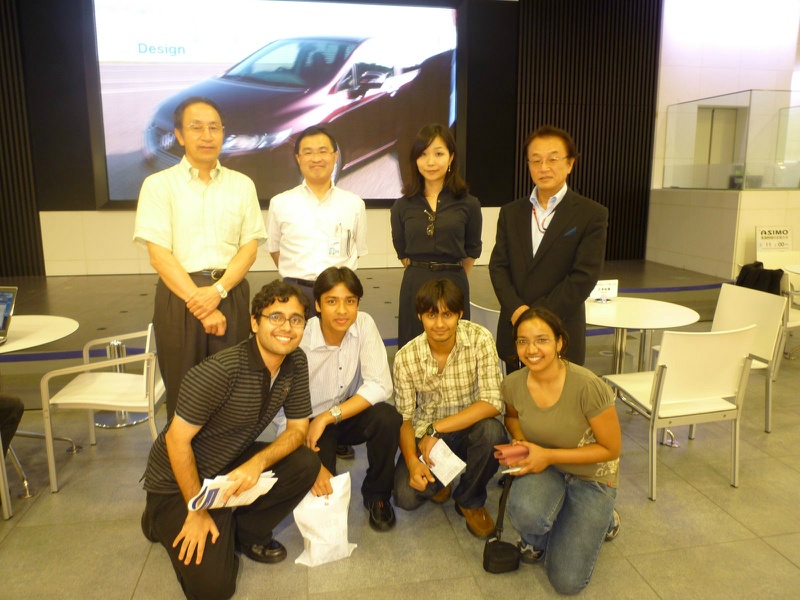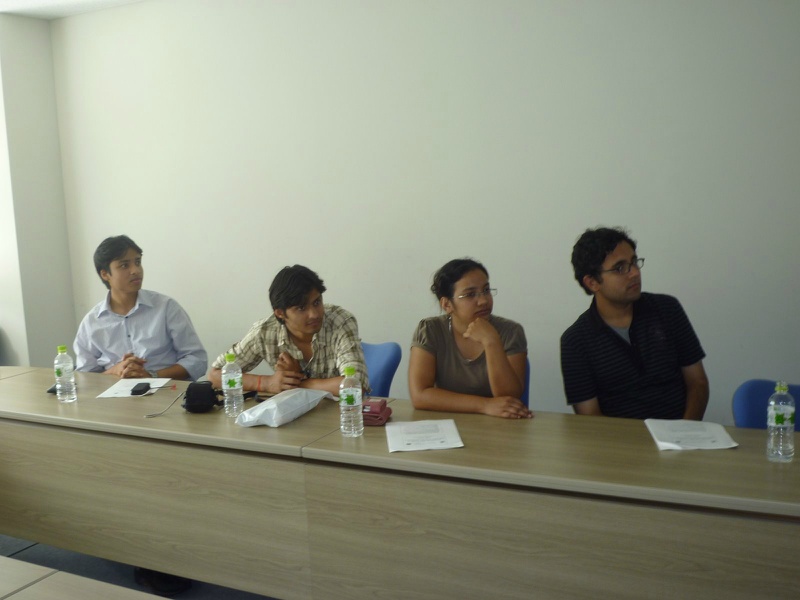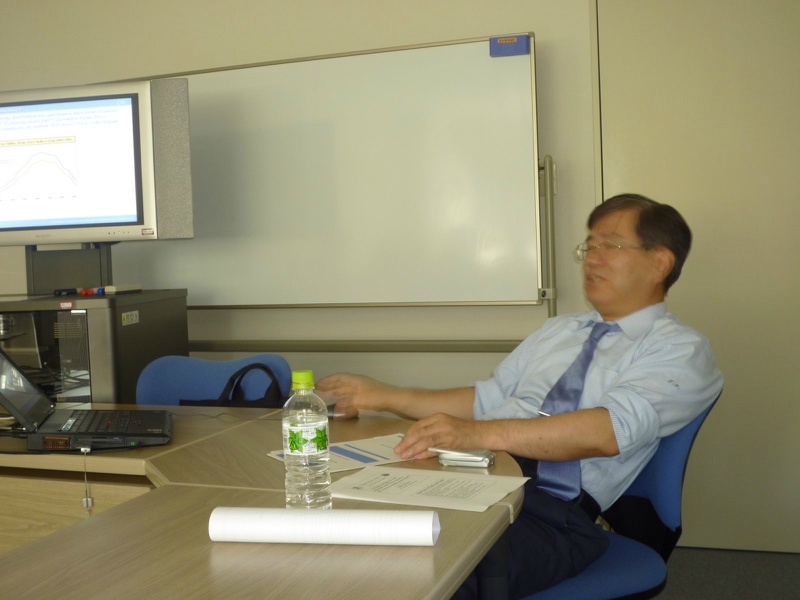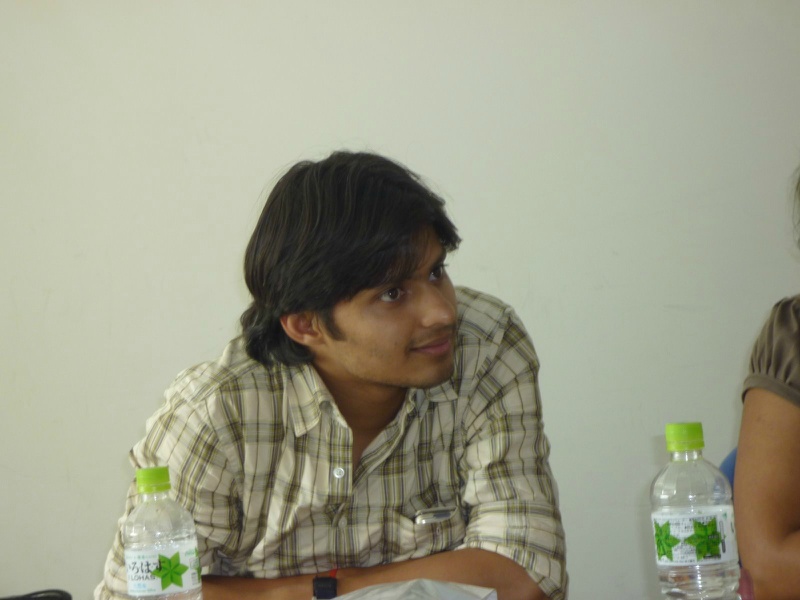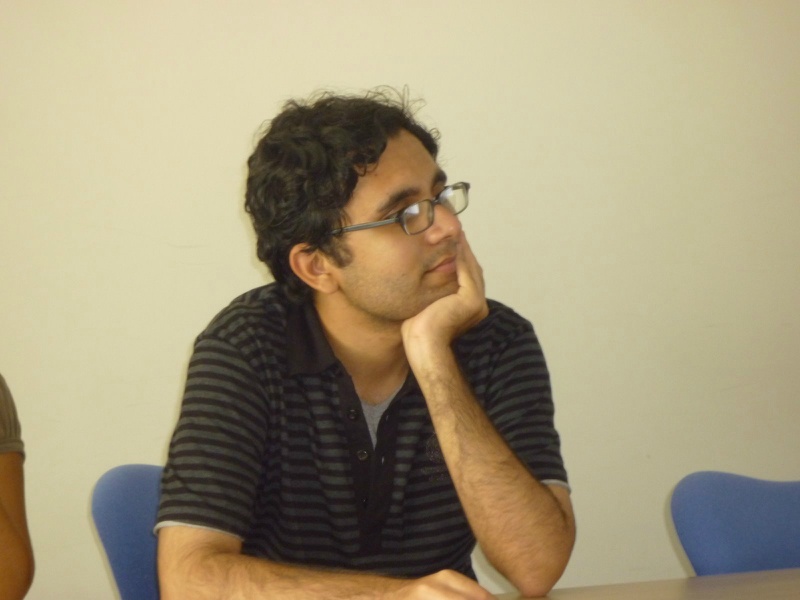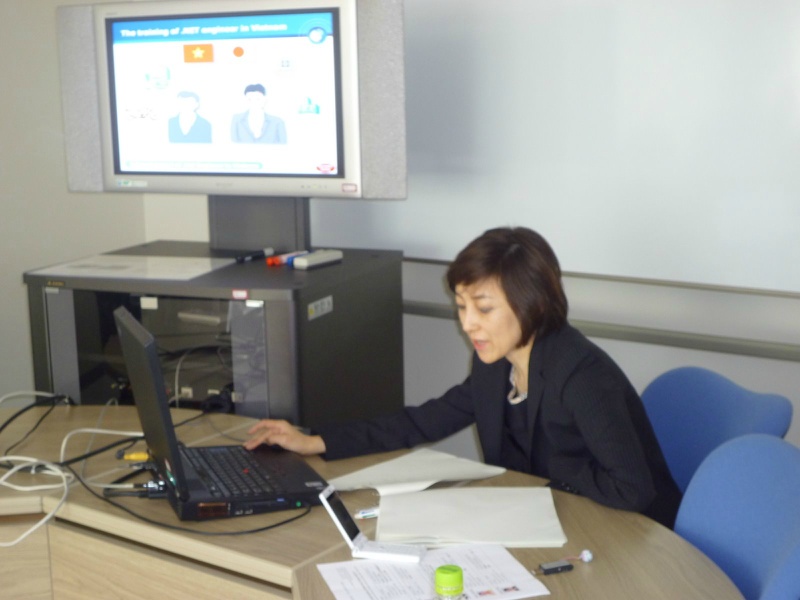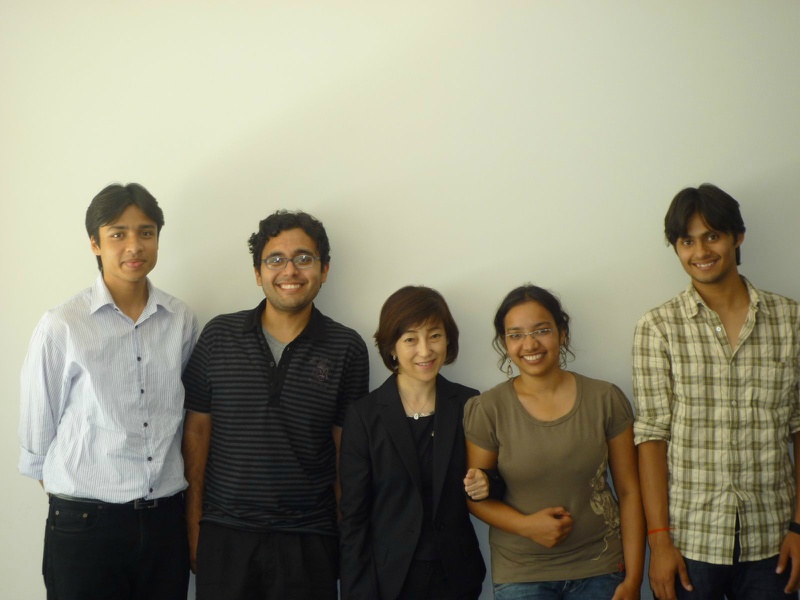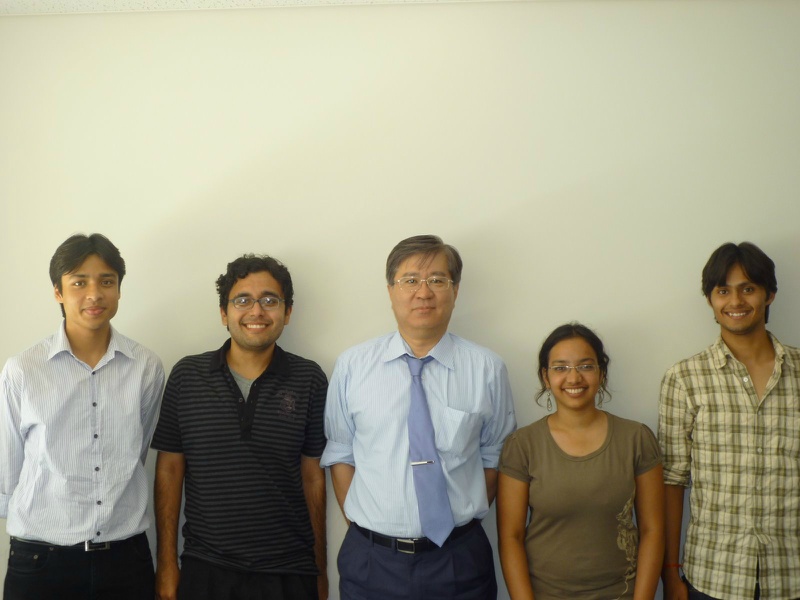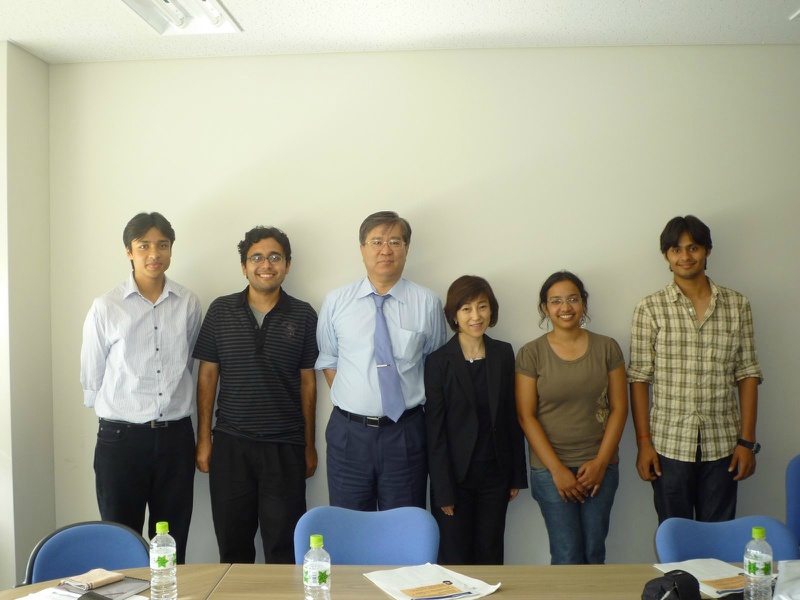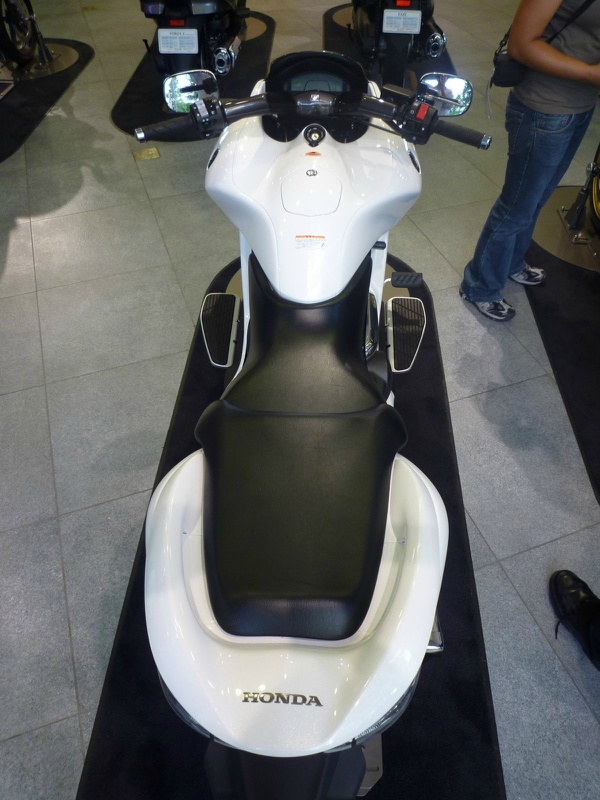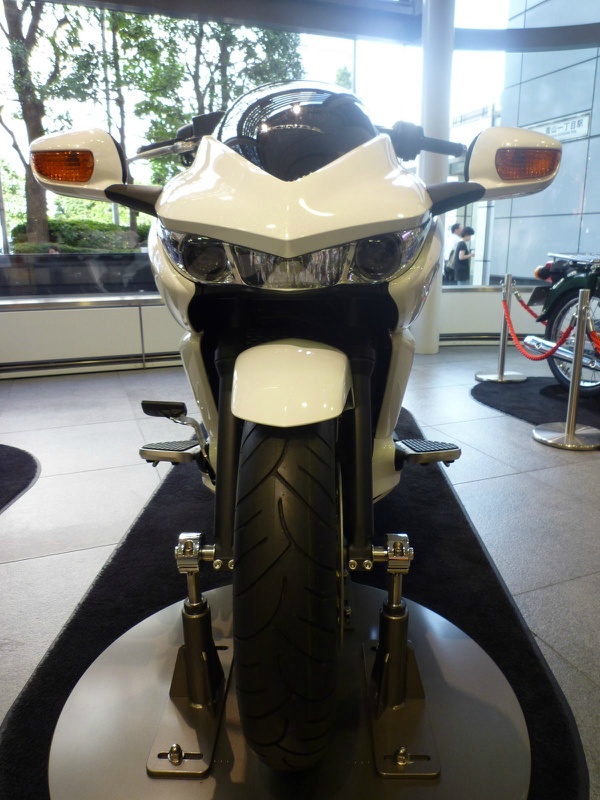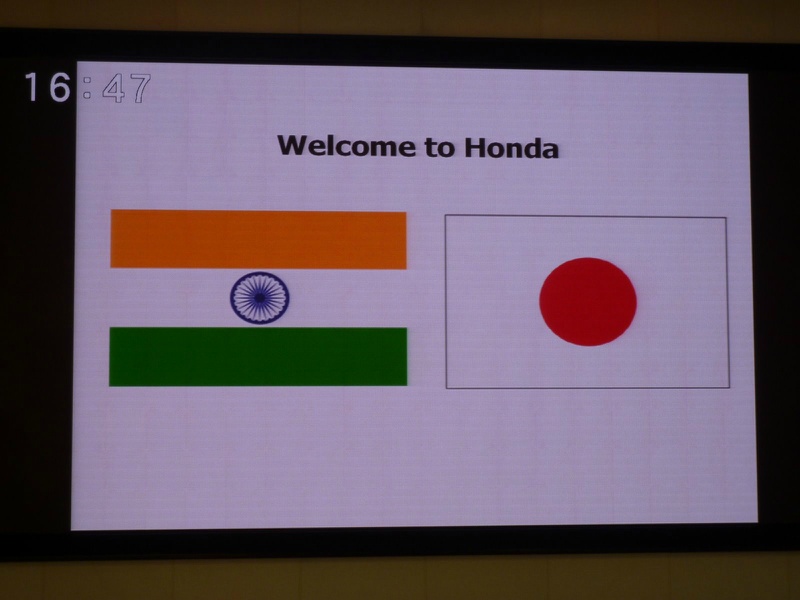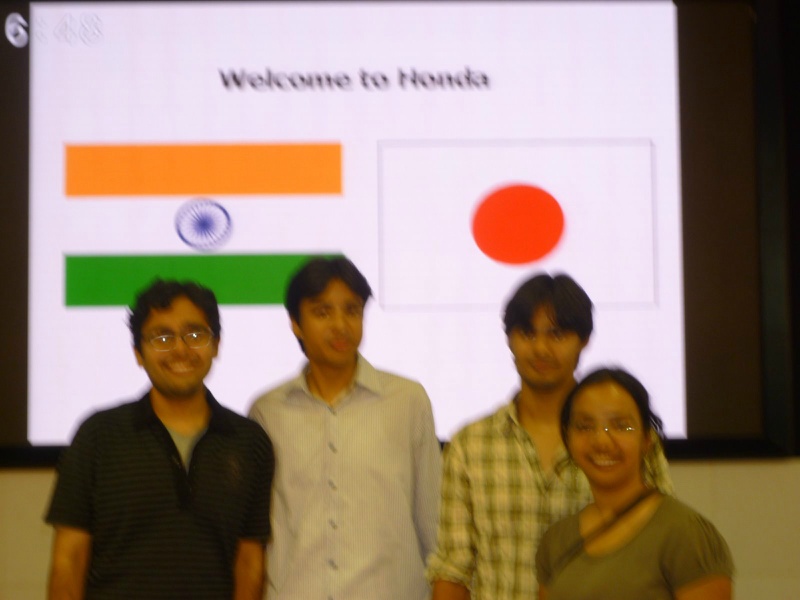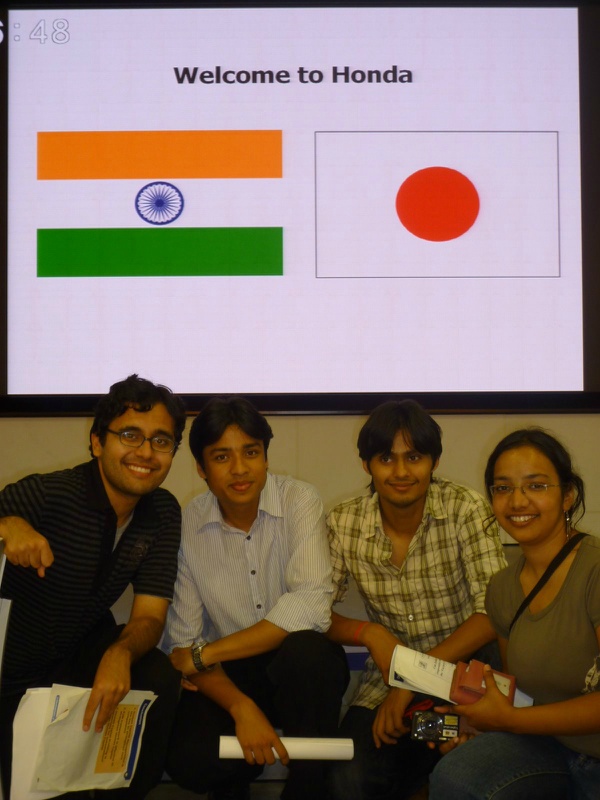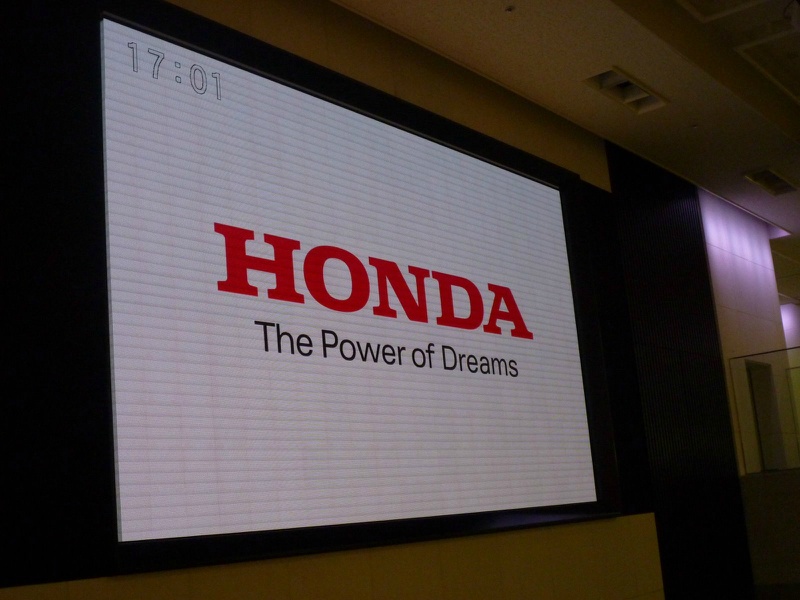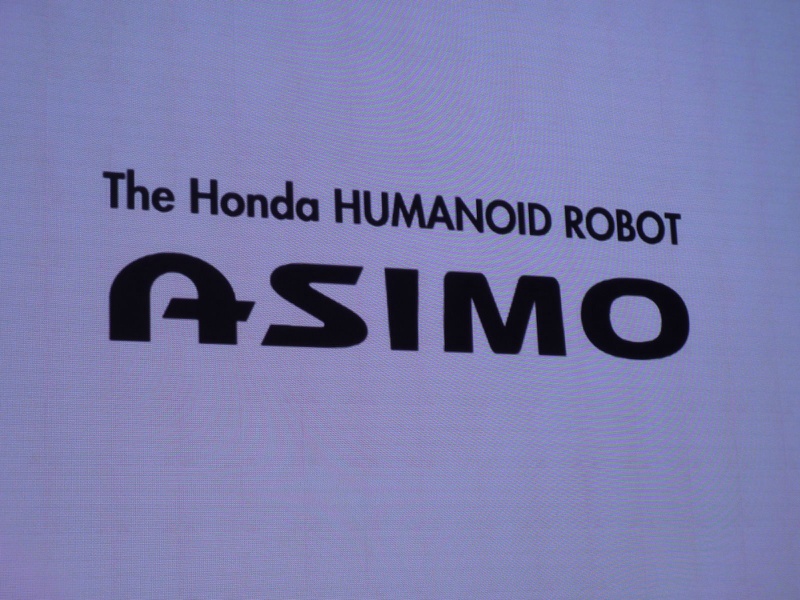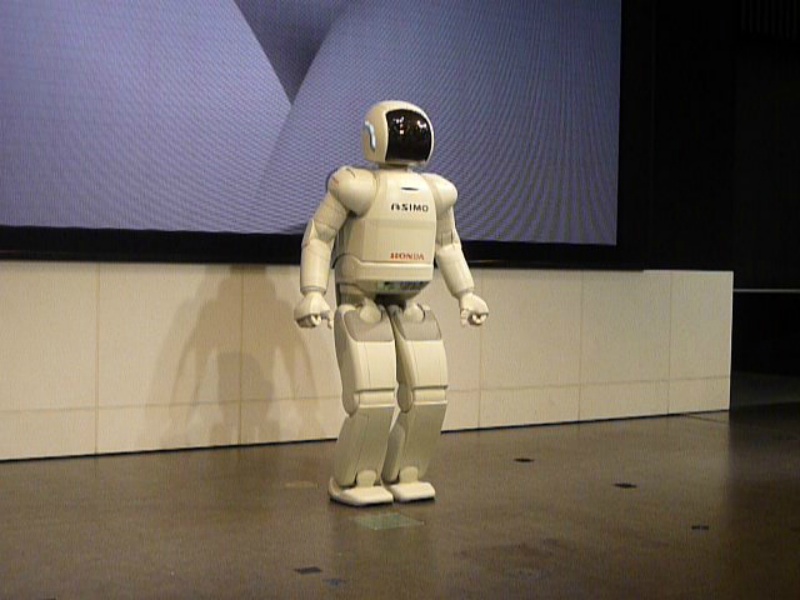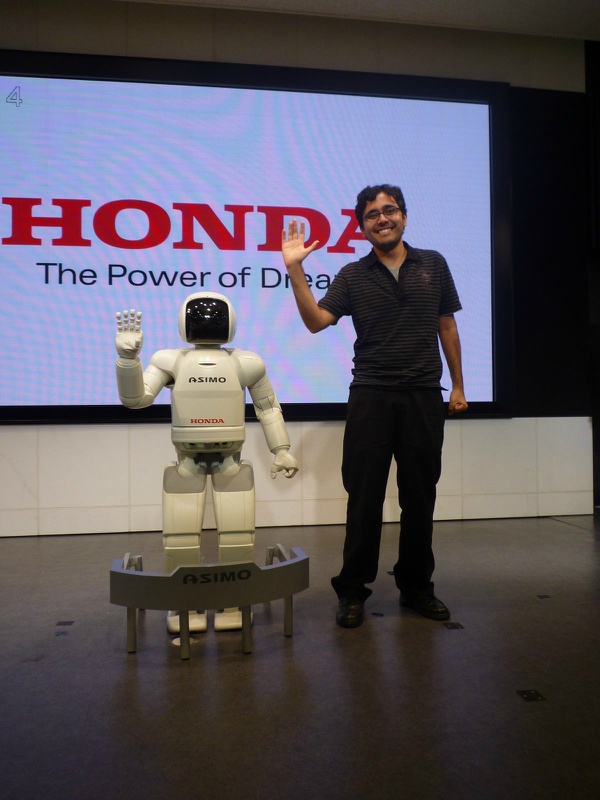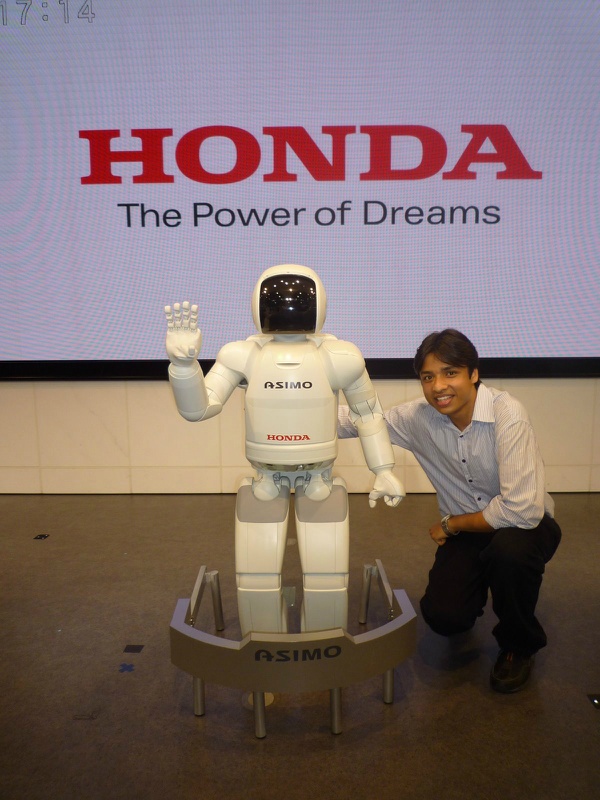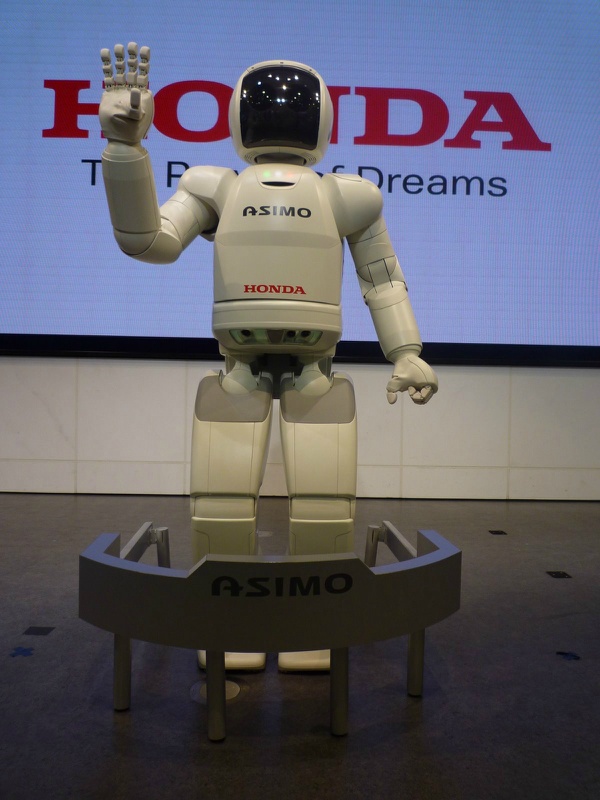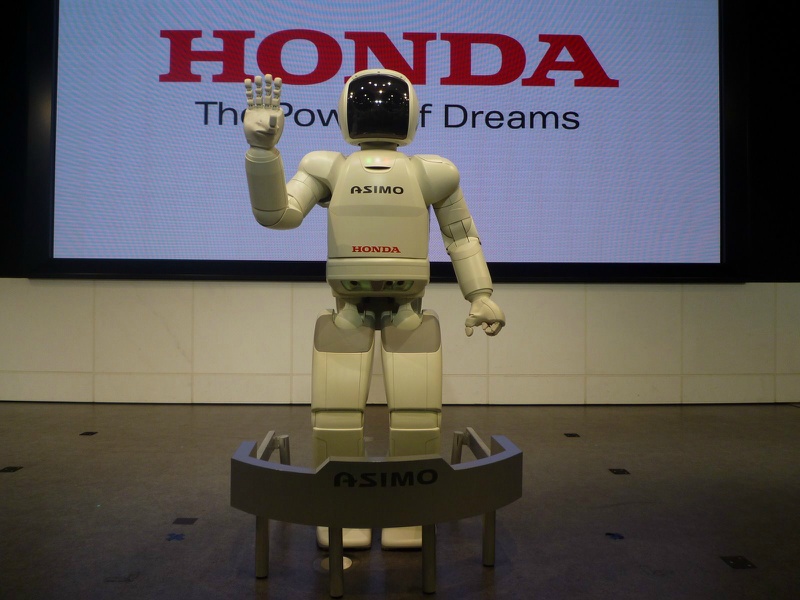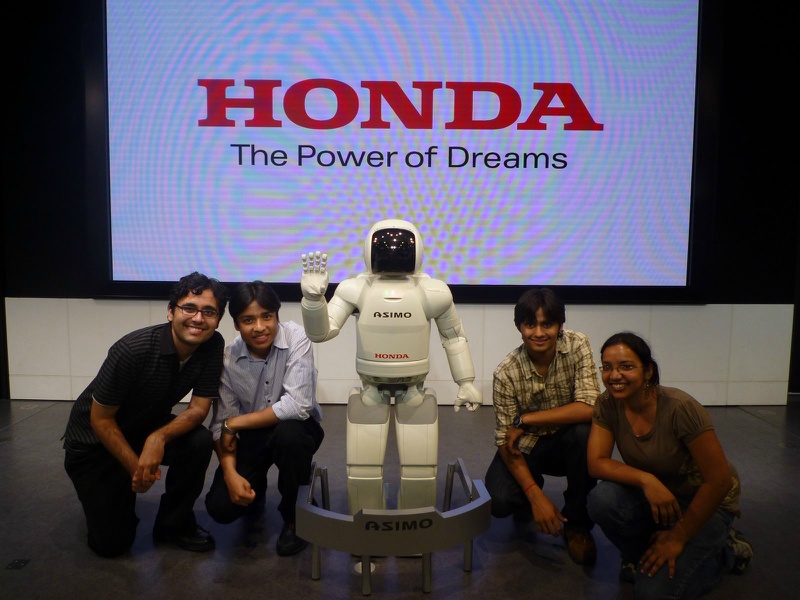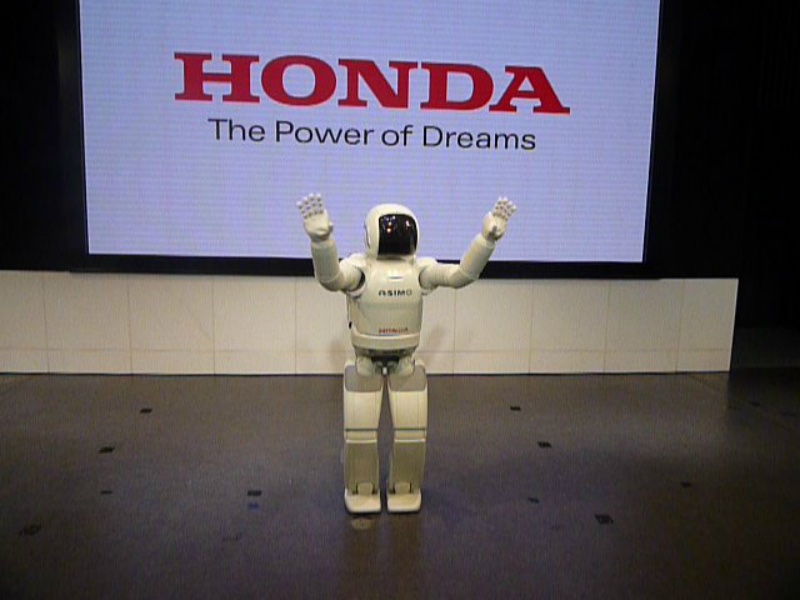Dr. Mario Tokoro of SONY CSL whom I have introduced to you in my posting of August 24 is also a Professor at Keio University (actually he moved to SONY CSL from Keio) and is offering a course on “Innovation” for graduate school students of science and engineering.
I was invited to give a lecture at the Yagami campus of Keio University. The audience was about 120 students (master course and doctoral course), and I spent very enjoyable 90 minutes talking to those earnest students and answering to their questions.
In the end, as always, I requested them to listen to the 14 minutes’ commencement speech of Steve Jobs at Stanford in 2005. I asked the students to listen and understand this speech by the creator of Apple, iTune, iPod, iPhone, etc. and tell me by e-mail via my website their reaction to it; what they felt or thought.
In the evening of that day, I received 4 e-mails. I sent reply to all of them. But after that – none came.
After having waited for several days in vain, I telephoned Dr. Tokoro to ask why. He said “I think the students couldn’t believe that an important person like you could really mean what you said.” So, I asked Dr. Tokoro to “Please tell the students to send me e-mails. No need to be shy.” Few days later, a flood of about 50 e-mails came in in two days! Many of them were written in English.
I read the mails for 2 nights, sent my response to each one of them, and reported so to Dr. Tokoro. I included Dr. Tokoro in CC to some of my responses since I thought he would enjoy reading them, too. I stayed up for most of those two nights, but well worth it because there were so many things being said, including reactions to my lecture, in those e-mails. Being able to exchange views with the students is also very amusing.
About a week later, one student sent me a message saying “Dr. Tokoro said that you responded to all e-mails from the students. But I’m afraid I haven’t received your reply.” I rushed to my PC to check. Yes, I missed just one. It was a fairly long, good writing. I started my response by an apology for overlooking his e-mail.
By the way, I write my e-mails in English most of the time. Even to the messages in Japanese, I reply in English. When Dr. Tokoro introduced me to the students, he said “Dr. Kurokawa’s e-mails are always in English” so quite a few students challenged sending me an English e-mail.
Why English? It’s not because it’s cool. I have mainly 4 reasons. My typing is not fast and not blind touch, to begin with…
1. Writing in Japanese needs converting typed letters to Kanji etc. which is time consuming.
2. If I mistype one key of a word or phrase, I have to repeat all over again for that word or phrase, which is time consuming.
3. In English, the meaning is understood even if I misspell a bit so I don’t have to be too nervous about hitting wrong keys.
4. And most importantly, language reflects culture. In Japanese, ‘vertical’ relations such as titles or positions in society must be considered when deciding how you begin the letter. You must first write some phrase of greetings such as “It’s been long time since I contacted you last time…” and so on (not a short one), to show respect politely. Sometimes when I read those messages, I wonder what their point is. English of course also has many polite ways of expression, but since people are basically “equal” as a person you can go straight and clear into the point without being rude. In a ‘vertical’ society like Japan, one has to be mindful of the social positions of his/her counterpart; superiors vs. subordinates, professors vs. students, etc. In my case, since most of the people I correspond with are younger than me, such as those students, it should be convenient for them to use English because they do not have to worry about greetings or being polite. But I do have an impression that Japanese people are not used to writing in English. My advice is ? ‘just get used to it’.
Writing e-mails in English has an advantage of being able to convey your message clearly without worrying much about misspellings. But sometimes your expressions could be too straight forward and there are times when you have to be fairly careful about it.


